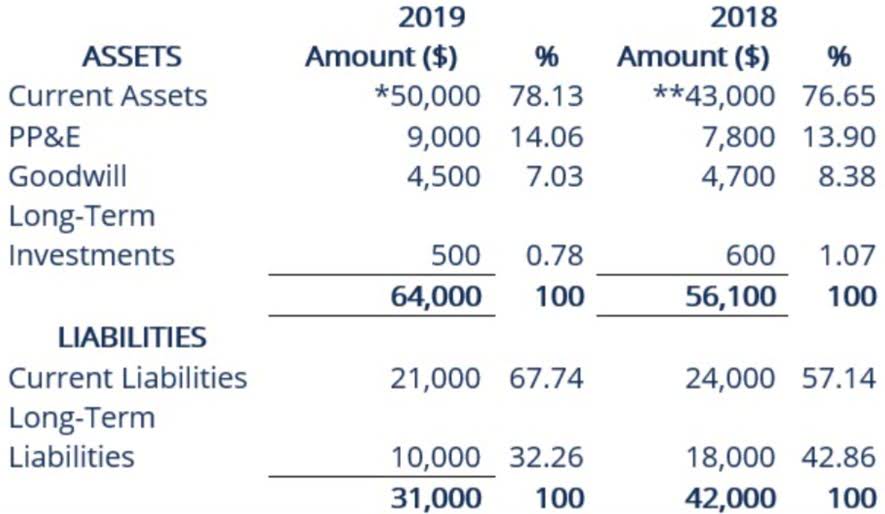Content

The need to make decisions like these is why it pays to keep an eye on your fixed and variable expenses, because it might lead to fruitful negotiations and better profit margins. You should continuously review your balance sheets, income statements and other business financial statements to variable operating expenses make any necessary adjustments. Understanding how these costs work will help you figure out what’s best for your company at all times. Apple’s total operating costs must be examined over several quarters to get a sense of whether the company is managing its operating costs effectively.
To manage these expenses effectively, businesses should focus on ROI (return on investment) by tracking the effectiveness of each campaign. They can do this using tools such as Google Analytics or hiring a digital marketing agency specializing in data analysis. For example, as a company produces more goods or services, its utility bills or material costs will increase accordingly. The operating activities primarily cover the commercial activities of the company. The cost to package or ship a product will only occur if certain activity is performed. Therefore, the cost of shipping a finished good varies (i.e. is variable) depending on the quantity of units shipped.
Where operating expenses are recorded
Although this cost can be significant, it’s necessary for normal business operations. Moreover, thorough tracking and analysis of operating expenses allow businesses to make data-driven decisions regarding staffing levels, marketing strategies, and budget allocations. As with any financial metric, operating costs must be compared over multiple reporting periods to get a sense of any trend. Companies sometimes can cut costs for a particular quarter, which inflates their earnings temporarily. Investors must monitor costs to see if they’re increasing or decreasing over time while also comparing those results to the performance of revenue and profit. The following formula and steps can be used to calculate the operating cost of a business.
Non-operating expenses are any costs that aren’t directly linked to running a business. These are different from operational expenses, which are key to a company’s day-to-day operations. Non-operating costs are anything, such as interest on debt, as well as costs related to restructuring.
What Are Variable Expenses?
Also, investors can monitor operating expenses and cost of goods sold (or cost of sales) separately to determine whether costs are either increasing or decreasing over time. For businesses, operating expenses may typically include supplies, advertising expenses, administration fees, wages, rent, and utility costs. Since fixed costs are more challenging to bring down (for example, reducing rent may entail the company moving to a cheaper location), most businesses seek to reduce their variable costs. However, non-operating expenses are the expenses incurred for reasons not related to the core operations of your business. These expenses include interest charges, costs of relocation, loss on sale of assets, etc.
Operating expenses are usually ongoing costs incurred for daily operations that keep the business running like employee pay and marketing costs. For example, if a clothing store stopped selling clothes, its operating expenses would shrink because no material is needed. But just because the business owners stopped selling their products doesn’t mean they don’t have overhead costs, like rent, to pay out. Unique to operating expenses, the majority of costs classified as OpEx are fixed costs, which means they are NOT directly linked to revenue. Instead, OpEx remains relatively constant regardless of production volume. Operating expenses are costs that your business incurs to remain functional.
How Do Fixed Costs Differ From Variable Costs?
The costs increase as the volume of activities increases and decrease as the volume of activities decreases. Because variable costs scale alongside, every unit of output will theoretically have the same amount of variable costs. Therefore, total variable costs can be calculated by multiplying the total quantity of output by the unit variable cost. Variable and fixed costs play into the degree of operating leverage a company has.
- In addition to fixed and variable costs, it is also possible for a company’s operating costs to be considered semi-variable (or “semi-fixed»).
- CapEx includes costs related to acquiring or upgrading capital assets such as property, plant, and equipment.
- It is vital to identify your operating expenses and then add them together for a final sum.
- For instance, if your business undergoes reorganization due to bankruptcy.
- It is noteworthy that the same category of an operating expense can be either a fixed cost or a variable cost, depending on the situation.
- The upside of having variable expenses in your budget is that you have more control over them than you do with fixed expenses.
